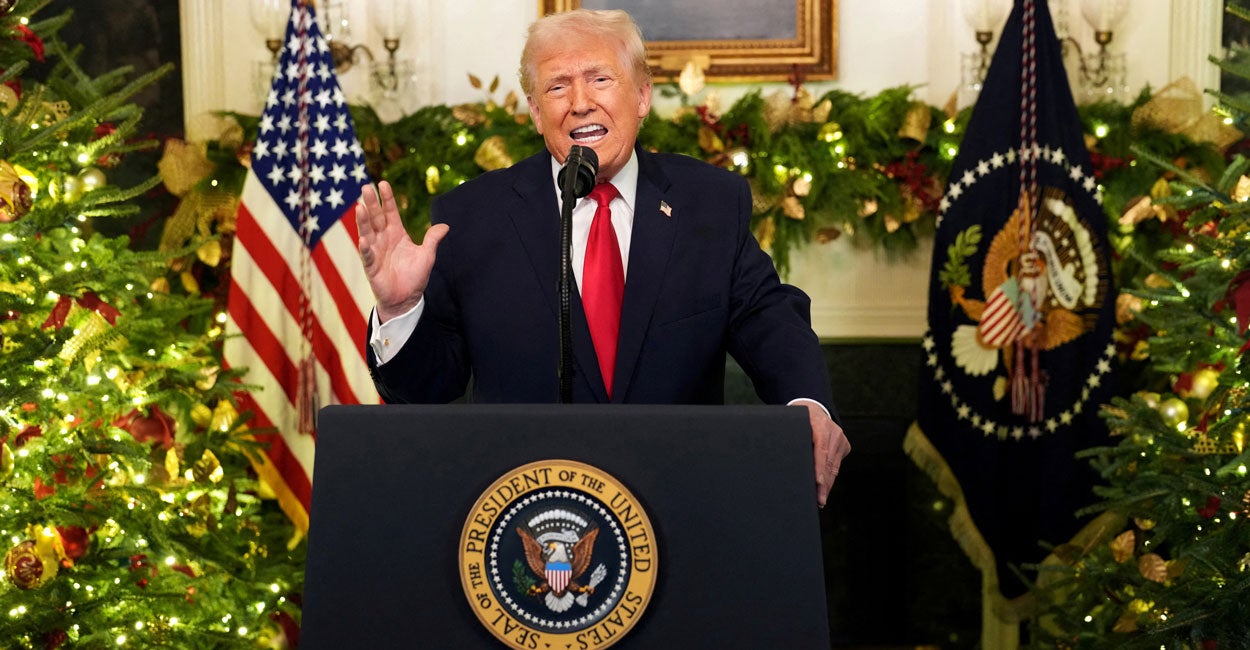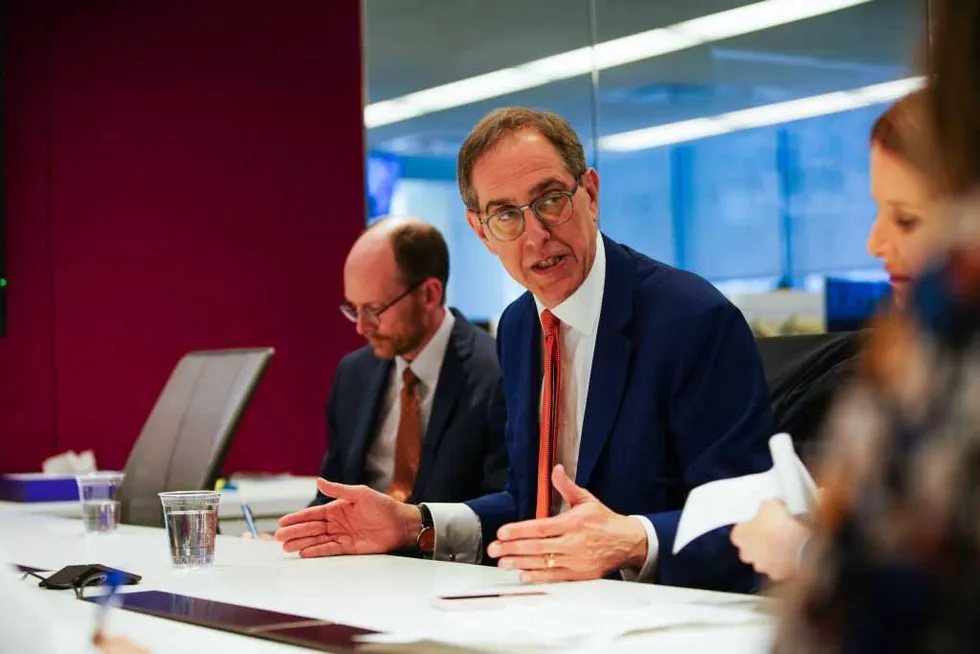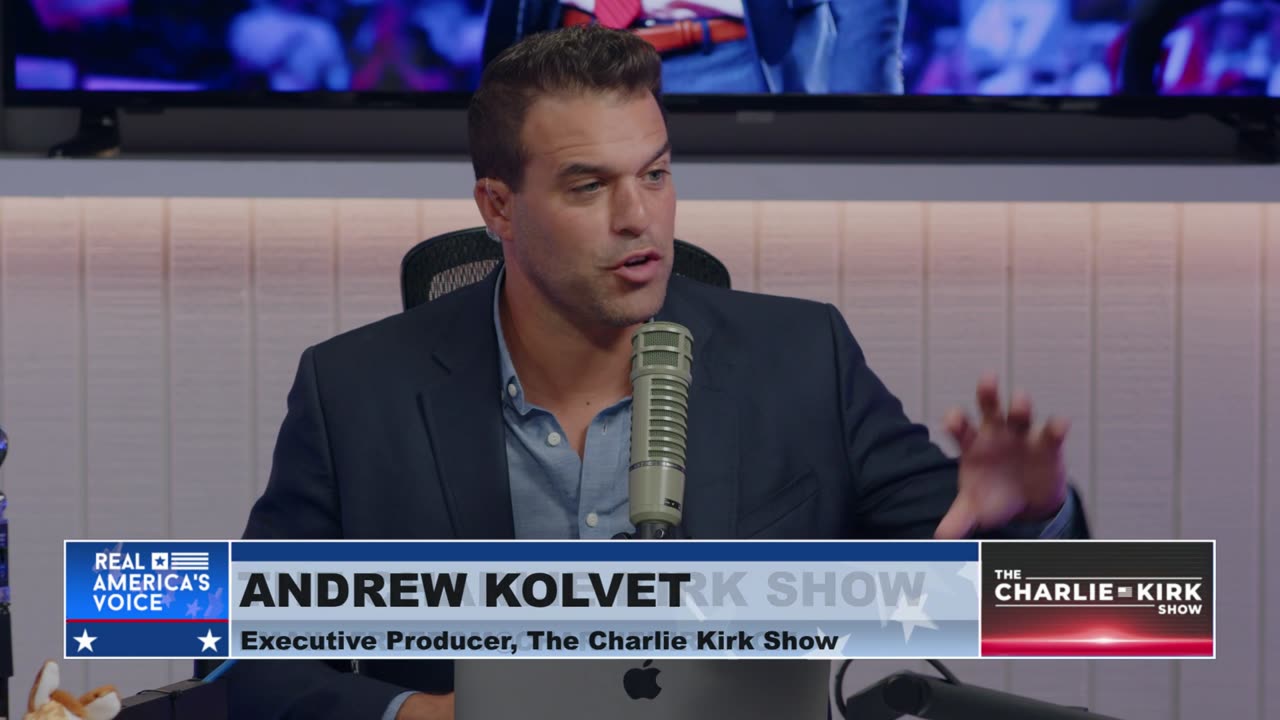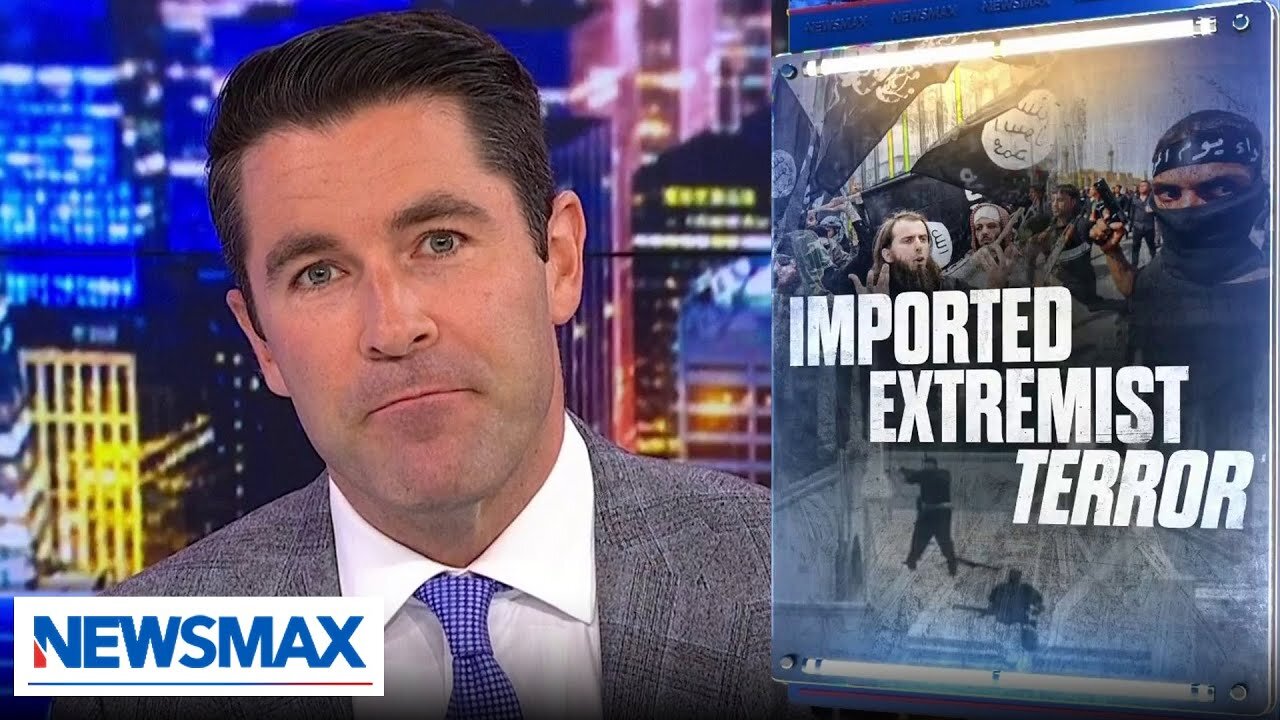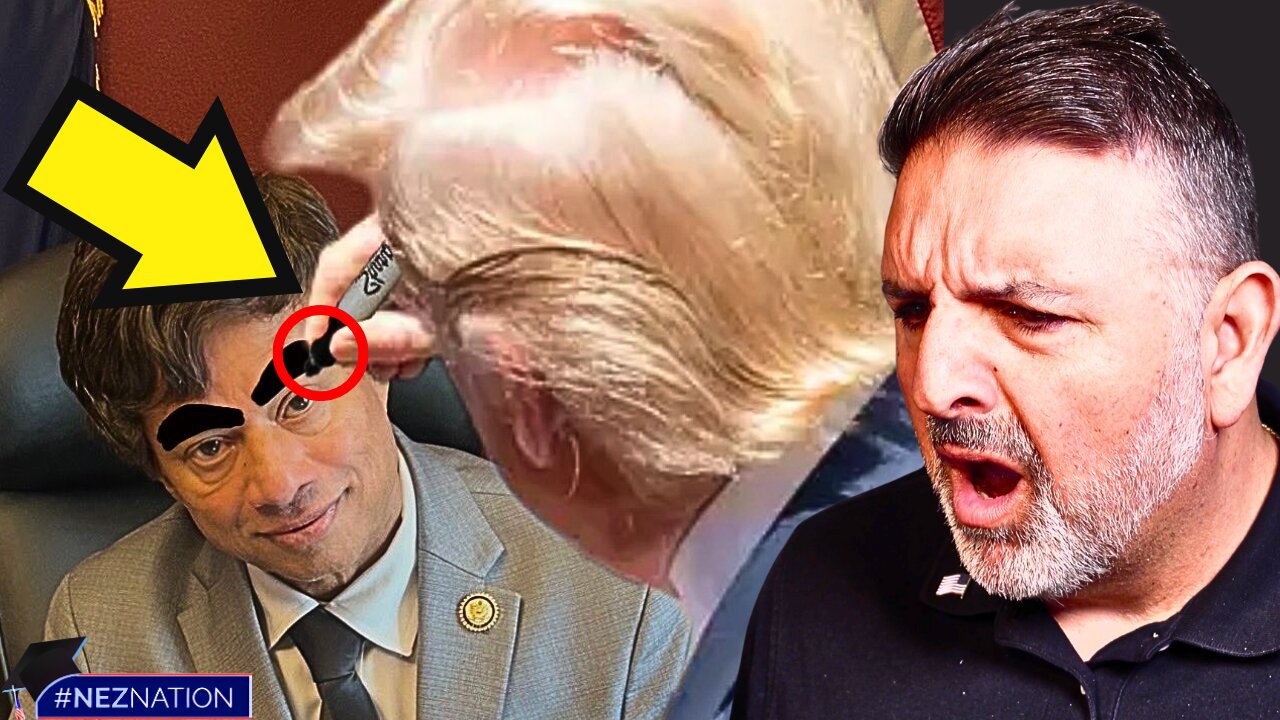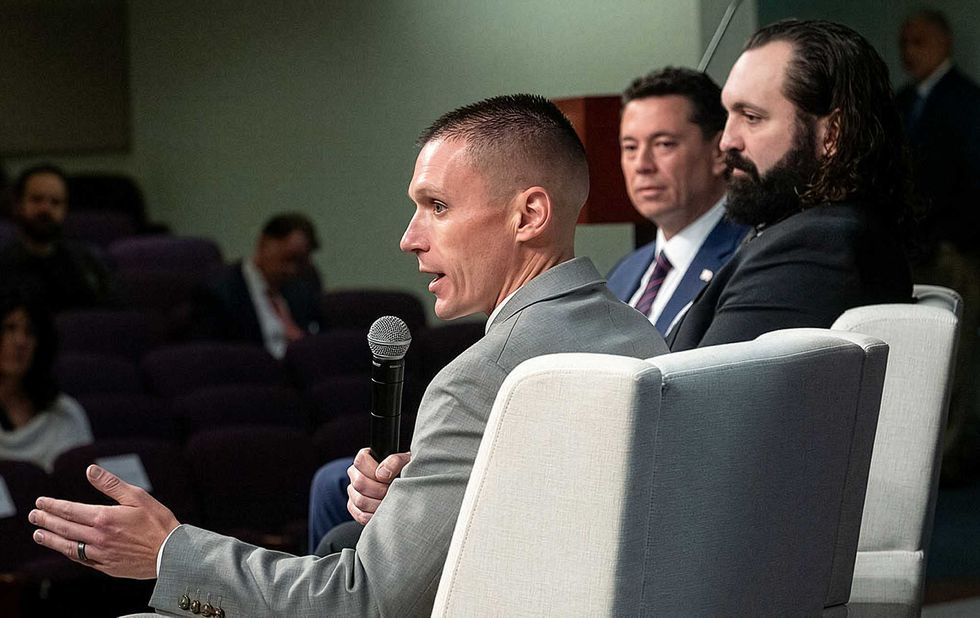Here’s How the Trump Administration Aims to Make Use of the Government Shutdown

Now that Democrats have shut down the government by voting against a clean continuing resolution that would have kept funding at Biden-era levels, President Donald Trump needs to fulfill his threat to fire more bureaucrats.
Live Your Best Retirement
Fun • Funds • Fitness • Freedom
While Republicans offered to keep funding the government at Biden levels until Congress can pass annual funding legislation, Democrats have unreasonably demanded that Congress continue generous COVID-19-era Obamacare subsidies and reverse the Medicaid reforms in the One Big Beautiful Bill Act passed earlier this year. Since funding legislation requires 60 votes to pass the Senate, Republicans needed at least seven Democrats or independents to help pass the resolution, and they only got three.
Last week, the White House Office of Management and Budget released a memo, telling federal agencies that if the government were to shut down, they should consider engaging in Reductions in Force to begin the process of laying off employees in projects that are not funded during the shutdown or that are inconsistent with Trump’s priorities.
Democrats who marched alongside federal government unions in protesting Trump’s efforts to cut the size and scope of the federal government through the Department of Government Efficiency should have considered this when voting against funding the government.
What Happens in a Shutdown?
A senior administration official told The Daily Signal that the administration has engaged in hundreds of phone calls preparing for a shutdown, and the process will be normal, but will also feature the RIFs.
A government shutdown means the normal appropriations from Congress cease, so only a few government functions still operate. Some government functions receive other forms of funding—such as the Internal Revenue Service that collects money through taxes or the patent examiners who are funded through patent fees. Other government functions are deemed too essential to be put on hold, such as the military and Secret Service protection for the president and others.
Many government functions are considered not “essential,” and therefore, they will cease.
Agencies will furlough many employees—ordering them not to work because there is no funding for their functions. Most of these bureaucrats will return to work when the funding has been restored, often with backpay.
Statutorily mandated government functions do not end permanently, and they must be resurrected when funding returns. The administration has a fair degree of latitude when it comes to deciding what is and is not essential, however.
In the 2013 shutdown, for example, President Barack Obama made a show of roping off national parks. Rangers even closed the parking lots at Mount Vernon, the home of George Washington, despite the fact that a private organization, not the federal government, owns the property.
Similarly, Trump has a fair amount of latitude in determining what counts as essential, and the functions he deems non-essential may highlight areas the administration should trim.
As Donald Devine, President Ronald Reagan’s personnel director, told The Daily Signal on Tuesday, the fact that many federal bureaucrats are considered not “essential” in a shutdown “presents a real opportunity.”
Fundamentally, the administration aims to do more with less. The premise of these shutdown RIFs is the same premise as DOGE—the government can fulfill its statutorily-mandated duties with fewer, better-trained staff and more up-to-date tools, and the same kind of creative destruction that helps private sector businesses thrive will help the government become more effective.
Standing Up to Unions
On Tuesday, the American Federation of Government Employees, the largest federal government union, filed a lawsuit aiming to block the OMB memo, claiming that it violated the Administrative Procedures Act.
The lawsuit claims that the memo misstates the law and that any work to carry out a reduction in force is not authorized under the Antideficiency Act, which stipulates how the government should operate during shutdowns.
Importantly, the AFGE press release warns that the OMB memo involves “directing agencies to issue mass RIF notices that could strip employees of back pay rights, violate agencies’ statutory duties, and even target workers whose jobs are essential to protecting life and property during a shutdown.”
Yet no agency has published a RIF notice, and until such notices come, this statement relies on speculation about harms.
Furthermore, when an agency announces a reduction in force, that does not result in immediate termination. Reductions in force involve a notice period during which staff will examine each employee, look at their rights, where they will likely be able to find their next job, and provide further notice if the employee is over 40.
Of course, the legal challenge is no surprise. The AFGE has filed multiple lawsuits against the Trump administration, seeking to block the president’s reforms, particularly on DOGE.
The Trump administration should follow the law and abide by any lawful court orders to come out of this case. However, it should not be cowed by a federal employee union’s opposition to further reforms to streamline the federal government.
Fundamentally, another round of reductions in force is good for the federal government, and this government shutdown presents an opportunity for agencies to clean house.
The post Here’s How the Trump Administration Aims to Make Use of the Government Shutdown appeared first on The Daily Signal.
Originally Published at Daily Wire, Daily Signal, or The Blaze
What's Your Reaction?
 Like
0
Like
0
 Dislike
0
Dislike
0
 Love
0
Love
0
 Funny
0
Funny
0
 Angry
0
Angry
0
 Sad
0
Sad
0
 Wow
0
Wow
0
